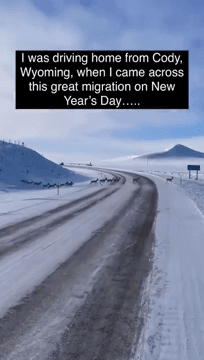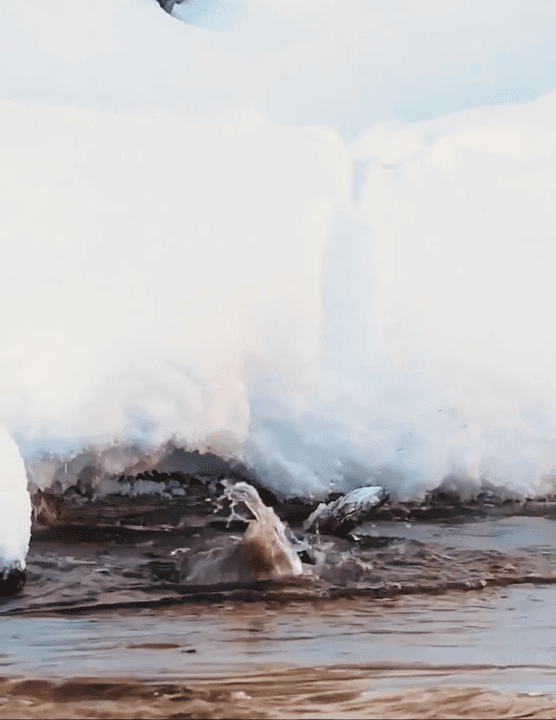
Pronghorn Antelopes in Cody, Wayoming. More than 20,000 antelopes cross the highway. The driver will have to wait a long time for the whole herd to pass through the road... Cody is a city in and the county seat of Park County, Wyoming, United States. It is named after Buffalo Bill Cody for his part in the founding of Cody in 1896. Wyoming has over 30 million acres of public land, making it a hunter's paradise. Any hunter who dreams of wide open spaces and herds of big game will find that his hunting dreams lead to Wyoming. Most popular hunting animals are pronghorn antelopes, maral, moose, mule deer, and white-tailed deer. The state also offers hunting for bighorn, bison, black bears, mountain lions, wolves, mountain goats, turkeys and mountain birds. On a video Pronghorn antelopes in Cody, Wyoming. As the seasons change, these animals migrate from the mountains to the valleys and back. Before they were in a danger of extinction due to human destruction of their migration routes. B
Post: 28 January 23:18
























